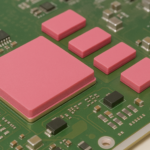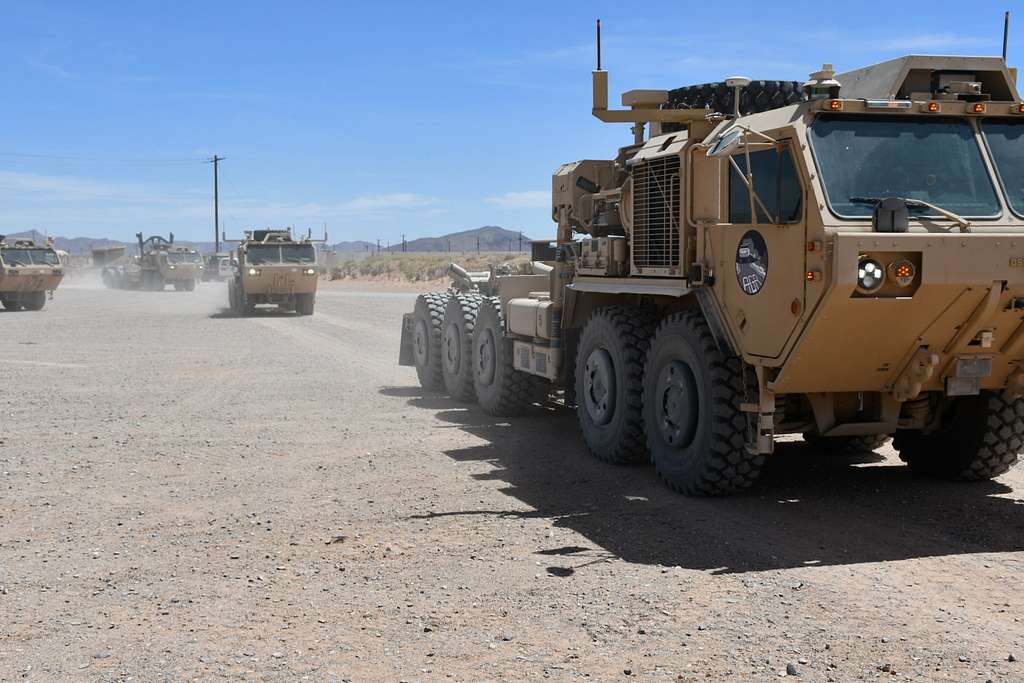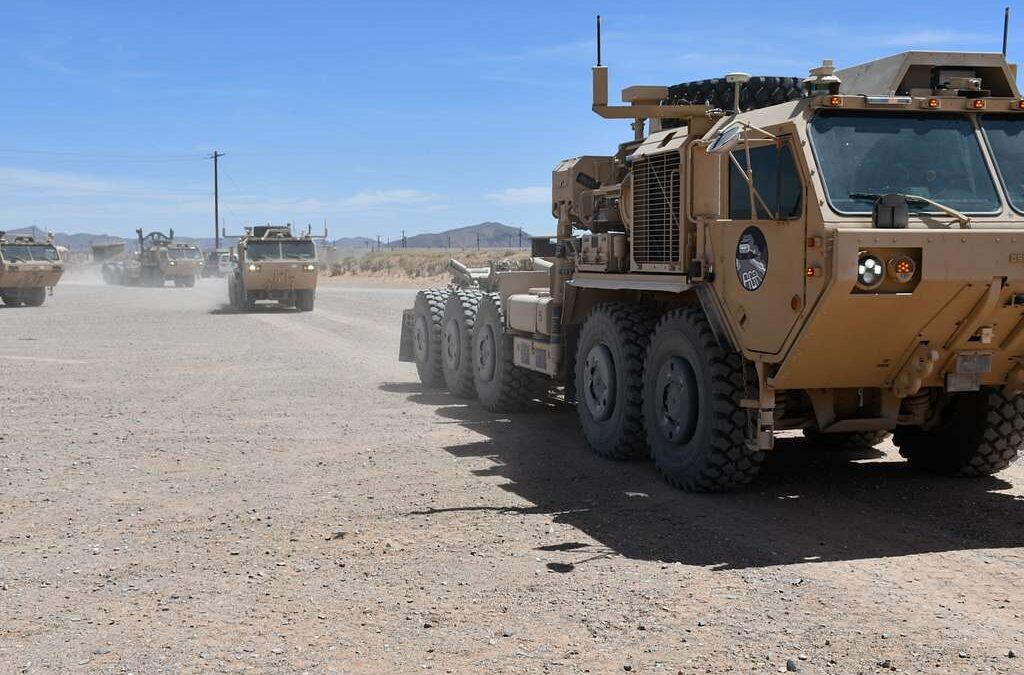
Thermal Gap Pads
September 20, 2023Articles
Autonomous Military Vehicles
Autonomous military vehicles, often referred to as autonomous combat vehicles or unmanned military systems, are vehicles and systems used by the military that can operate without direct human intervention. These vehicles come in various forms and serve a wide range of functions within the armed forces. Some common types of autonomous military vehicles include:

Uncrewed Aerial Vehicles (UAVs): These are drones that can perform reconnaissance, surveillance, and even strike missions. They are used for tasks such as intelligence gathering, target acquisition, and aerial monitoring.
Uncrewed Ground Vehicles (UGVs): UGVs are ground-based robotic vehicles used for tasks like bomb disposal, reconnaissance, and logistics support. They can operate in hazardous environments and handle various missions without putting human soldiers at risk.
Uncrewed Underwater Vehicles (UUVs): These are autonomous or remotely operated vehicles designed to operate underwater. They are used for mine countermeasures, reconnaissance, and intelligence collection in underwater environments.
Uncrewed Surface Vehicles (USVs): USVs are autonomous or remote-controlled vessels used on the surface of the water for tasks like patrol, surveillance, and anti-submarine warfare.
Autonomous Trucks and Supply Vehicles: These vehicles are designed to transport supplies and equipment autonomously, reducing the need for human drivers in logistics and supply chains.
Autonomous Tanks and Combat Vehicles: Some militaries are exploring the use of autonomous or semi-autonomous tanks and armored vehicles for combat scenarios. These vehicles can be used for various purposes, from direct combat to mine clearing.
These vehicles are equipped with sensors, artificial intelligence (AI), and other technologies to navigate, make decisions, and carry out various combat-related tasks. The development and deployment of autonomous combat vehicles raise several considerations, including technical, and strategic aspects. Here are some key points to consider:
Technical Aspects:
Sensors and Perception: ACVs rely on a variety of sensors, such as cameras, lidar, radar, and other technologies, to perceive their environment. The accuracy and reliability of these sensors are critical for effective decision-making.
Artificial Intelligence and Decision-Making: AI algorithms play a central role in enabling ACVs to analyze sensor data, identify targets, and make decisions. Ensuring the robustness and ethical behavior of these algorithms is a significant technical challenge.
Communication Systems: ACVs often operate in networks, and communication among vehicles is essential for coordinated action. Secure and reliable communication systems are necessary to prevent vulnerabilities to cyberattacks.
Autonomous Navigation: ACVs need the capability to navigate complex and dynamic environments autonomously. This includes path planning, obstacle avoidance, and adapting to unforeseen situations.
Strategic Implications:
Tactical Advantage and Force Multiplication: ACVs have the potential to provide a tactical advantage on the battlefield, allowing for increased efficiency, precision, and rapid decision-making. However, the strategic implications of relying on autonomous systems need careful consideration.
Adaptability and Flexibility: ACVs can be designed for various roles, including reconnaissance, surveillance, and direct combat. The strategic use of ACVs depends on their adaptability to different scenarios and the flexibility of military doctrines.

